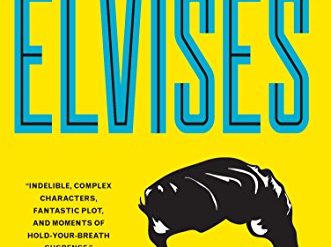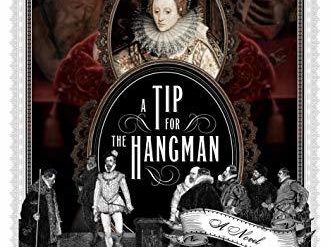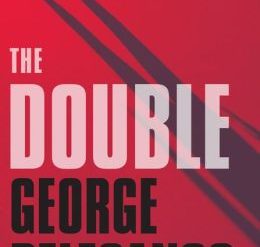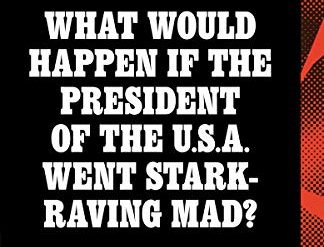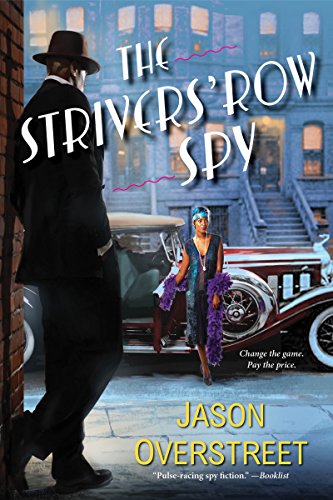
The 1920s were a pivotal era in African-American history. Black soldiers returning from service in World War I brought new energy to the slowly gathering movement for equal rights. Nationally, the NAACP, formed in 1909, was working for the passage of an anti-lynching law to combat the resurgence of racist violence sparked by the newly energized Ku Klux Klan. The editor of the NAACP journal, the brilliant scholar W.E.B. DuBois, was the organization’s most visible and respected voice of authority.
Meanwhile, the Jamaican demagogue Marcus Garvey was promoting an alternative vision of Black activism with the Back-to-Africa movement he promoted through his United Negro Improvement Association (UNIA). And in New York, the Harlem Renaissance was underway, attracting Black artists, musicians, actors, and writers from throughout North America and the Caribbean. And all of this color and tumult comes to life in Jason Overstreet’s engrossing novel of domestic espionage, The Strivers’ Row Spy.
The Strivers’ Row Spy (Renaissance #1) by Jason Overstreet (2016) 448 pages ★★★★☆
A spy story set during a critical era in African-American history
Sidney Temple has just graduated from Middlebury College with a master’s degree in civil engineering when he is recruited to spy for the Bureau of Investigation (then the BOI, later the FBI). J. Edgar Hoover and his red-baiting boss, Attorney General A. Mitchell Palmer, are convinced that both the NAACP and the UNIA are dominated by Communists—apparently believing that even W. E. B. DuBois and Marcus Garvey are themselves Communists. Sidney’s job is to uncover evidence of criminal wrongdoing by Garvey that will enable the BOI to imprison him. (Other agents are assigned to DuBois.) The assignment leads Sidney into a thicket of intrigue that will threaten his life and his marriage.
Historical figures in abundance populate this novel
Many of the leading personalities of the day make appearances in The Strivers’ Row Spy. Hoover, then head of one department in what was at the time the BOI, recruits Sidney. Who takes the bait to spy on Marcus Garvey and the UNIA in order to gather intelligence for his hero, W.E.B. DuBois, Garvey’s sworn enemy. And to maintain Sidney’s cover as a consulting engineer he takes on the job of helping build the new Abyssinian Baptist Church in Harlem for the Rev. Adam Clayton Powell Sr. The radical journalist and patron of the Harlem Renaissance, Max Eastman, and the NAACP leader James Weldon Johnson both make appearances as well. As a result, The Strivers’ Roy Spy is a lively introduction to African-American history in the 1920s. It’s also a tense, carefully plotted thriller that keeps the reader’s attention from beginning to end.
For related reading
Not long ago I reviewed another recent novel about an African-American spy: American Spy by Lauren Wilkinson. My review is at An African-American spy in the maelstrom of Cold War rivalry in Africa.
For another novel in which Strivers Row figures prominently, see Harlem Shuffle by Colson Whitehead (A gripping crime novel set in Harlem by Colson Whitehead).
You might also enjoy my posts:
- The 15 best espionage novels
- Good nonfiction books about espionage
- The best spy novelists writing today
- Top 10 historical mysteries and thrillers
- Good books about racism
And you can always find my most popular reviews, and the most recent ones, on the Home Page.

